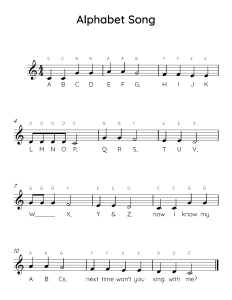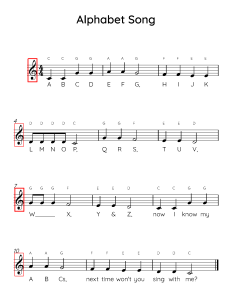This week in addition to assisting gathering data from the school of music I spent most of my time working on converting the sheet music to an independent file format. Before I was mentioning how there was an issue where I needed to split the image for the library to work. I tested that this week and confirmed that the sheet music needed to be split at least by measure for the library to work correctly. I then looked into methods to split a sheet a piece of sheet music by measure anf decided on splitting it based on the special character that appears at the beginning of the sheet music. I wrote a python script that used opencv to check if the special character appears in a sheet music image, highlight the character, then parse based on the position of the character. Initially testing this by passing the result of the parsing into the Mozart library showed somewhat successful results but the edge cases need to still be handled.



Is your progress on schedule or behind? If you are behind, what actions will be taken to catch up to the project schedule.
On schedule
What deliverables do you hope to complete in the next week?
I hope to work mostly on the design presentation and design report next week. I also hope to iron out some of the edge cases with the conversion.
I also want to look into whether we need to convert to MIDI. I From the conversion to Mozart’s format we are already given the notes played which should be the key information we would need so I would like to look into whether we could bypass the midi conversion entirely.


